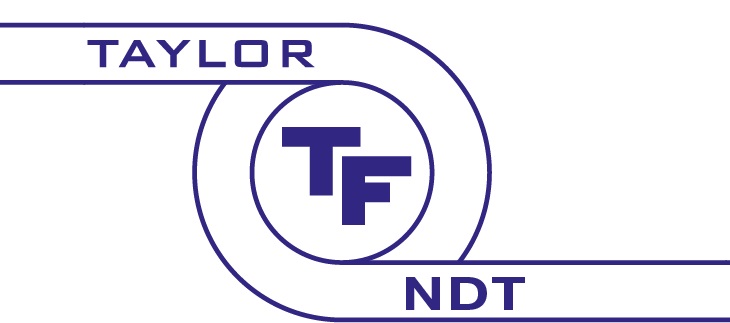Magnetic Particle Inspection
What is Magnetic Particle Inspection?
How does Magnetic Particle Inspection Work?
Magnetisation can be carried out by either the direct or indirect technique. Direct Magnetisation (Current Flow, Clamps or Prods)
An electrical current is passed directly through a component generating a circular field of magnetic flux in and around the component. The strength of the induced magnetic field is proportional to the amount of current applied. A residual field will remain in the component after the magnetising
A strong external magnetic field is used to establish a magnetic field within the component. Indirect Magnetisation can be used to generate circular and longitudinal fields in components.
During the magnetisation process, magnetic particles are applied to the component surface. These particles can be dry, solution based, coloured or fluorescent. The inspection surface must be pre-cleaned prior to test. Any surface coatings must be 50μm or less. Coatings greater than this will drastically impair the sensitivity of the test.
Surface or subsurface flaws will generate a magnetic flux leakage field causing the magnetic particles to be attracted to the leakage field, showing as a visible indication. By using different types of electric current, the flaw detectability depth can be increased.
• Alternating Current (AC) produces a skin effect, best for surface breaking defects.
• Full Wave DC (FWDC) is used for sub-surface defects with the depth of penetration dependent on current applied.
• Half Wave DC (HWDC) has the best of both waveforms. Surface defect detectability due to improved particle mobility than FWDC but deeper penetration than AC
Advantages of Magnetic Particle Testing
• Large surface areas can be inspected rapidly
• Surface preparation is less critical than Penetrant Testing
• Surface and subsurface flaws can be detected
Disadvantages of Magnetic Particle Testing
• Limited to ferromagnetic materials
• Requires testing in two 90° opposing directions
• Demagnetisation required after testing
• Invariably needs external power source
